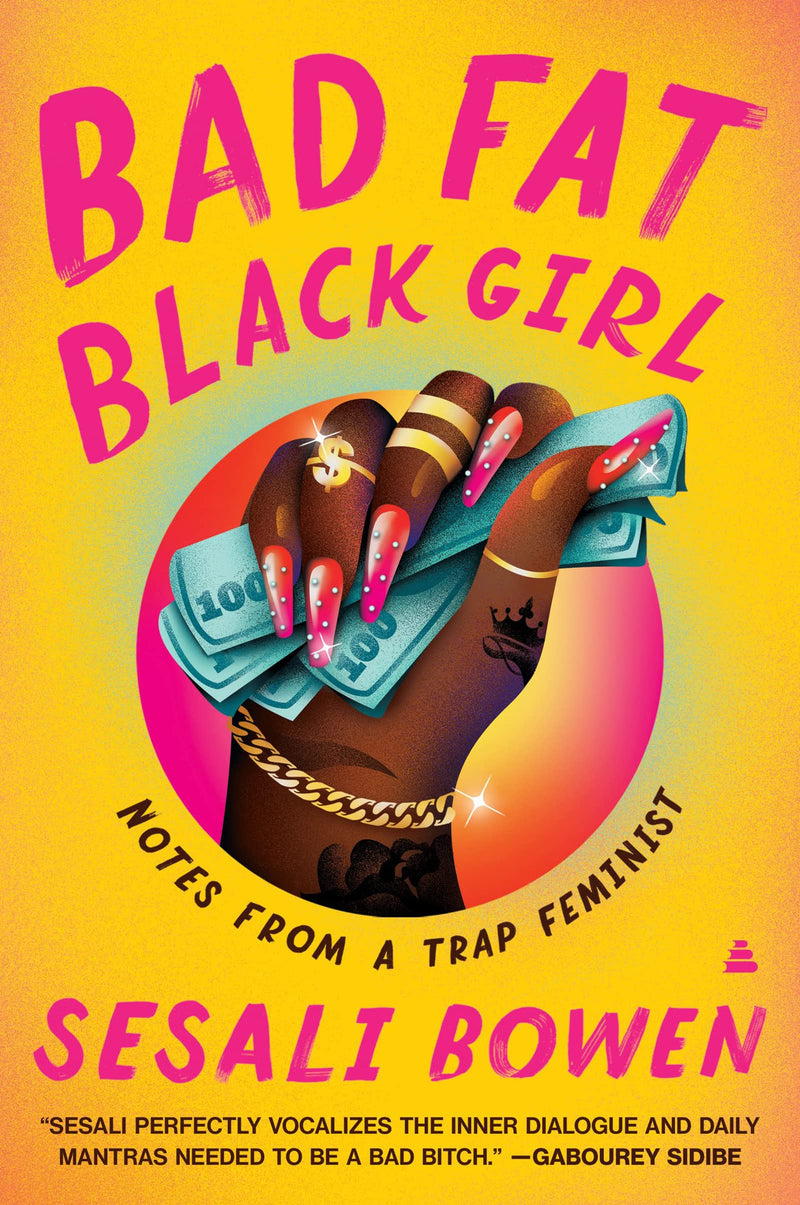PROLOGUE
The present text, Africans of the Diaspora, is a sequel to the author's earlier work, The Making of the African Diaspora in the America's 1441- 1900 (Longman Group England/Longman Inc., New York, 1987 and seven subsequent reprints). The current book examines the evolution of leadership in the same Diaspora in the Americas. The focus here, of course, is on leadership in North America, where that kind of leadership that could be identified among Africans of the Diaspora has been persistent. It does explore the other regions into which Africans were taken, the Caribbean and South America, but the latter two areas have not displayed this African consciousness with the same consistency as in North America. "African" leadership in the Caribbean and South America has been overshadowed by the policies pursued in those theaters of operation by the ruling slavocracy and their successors, which have dampened, curtailed, minimized, and almost destroyed an African consciousness, despite an African presence. It was policy in these societies to destroy all memory of Africa, to eliminate it entirely, so that it did not interfere with the workings of the plantation systems which were the mainstay of those societies in the early times. In some sense, it could be insisted that they all still are plantation societies.
Afrocentric leadership in these regions was perfunctory or non- existent until recently, with few exceptions. There was, for instance, Brazil, where enslaved Africans provided leadership by the creation of the phenomenon of marronage known variously as Quilombos, Mocambos, and ladeiras, and a notable one which constituted itself into an African State in Brazil in the province of Alagoas in Pernambuco. (Kent 1965). They were to be celebrated by some writers as "The Famous Negroes of Palmares" (or the palm forests) (Pierson 1946; Diggs 1953) while to others they were the "Quilombos Dos Palmares" (Bastide 1971). There was also the phenomenon of African Muslim revolts which were led at various times and especially in the first part of the nineteenth century by the Hausas, Yoruba, and Malians (including Senegambia and Male Muslims, in Bahia). These latter leaders used counter-violence against the system of violence inaugurated by the plantation system, conceiving of their struggles in jihadist (Holy War of Islam) terms which gave it a moralistic tone, thus creating a leadership that was an amalgam of physical force, moral suasion, and activism all at once. For, as has been observed elsewhere in the text, sometimes one type of leadership (e.g., physical force) combined these attributes with those of moral suasion or activism or all of them. The leaders of the Maroon communities as well as leaders of slave revolts, including the Muslim rebels in Brazil, provided that form of leadership quite early [with the establishment of the plantation system throughout most of the Americas] and persisted until the final abrogation of slavery in all the territories, Brazil and Cuba (1880s) being the last two theaters to abandon slavery.
In the other parts of the Americas, currently less well-studied in terms of the evolution of an African-oriented leadership [or a leadership conscious of its African origins and emphasizing this] much of their efforts were directed early in the nineteenth century to the struggles for independence from Spain and Spanish control. Thus, many of them were in the army of Simon Bolivar in his bid for the liberation of South America and he received assistance from the Haitian leader, Alexander Petion, in his independence struggles. But the end of the independence struggles tended to eliminate the African orientation in political and societal matters, as the various successor states had recourse to varying expedients for minimizing, controlling and undermining the African presence (Rout Jr. 1976). But despite these, there continued to be African-descended populations in various parts of South America having had their voices muted or their consciousness of their Africaness eroded. But assimilation devices, as Brazil has tried to promote, have not prevented the growth of an African consciousness in more recent times - even in Brazil. A more recent development is the emergence of this consciousness in the celebration of the exploits of the men and women of Palmares - an African hegemony which survived for about a century and was destroyed about three hundred years ago by the Portuguese whose authority it had challenged. It was a movement that had the potential for creating an African rather than a Portuguese Brazil - at least in the northeast part of the country.
Palmares has now been installed by the government of Brazil as a public holiday to be celebrated in the month of November. Whether or not the government understands its significance is immaterial. It is a concession to the African presence in Brazil and an acknowledgment long overdue. It is clear, however, that the African-descended people have taken it to heart and in the future more manifestations of the gravity of that famous republic will emerge in diverse media such as studies, art, language, history, poetry, folk-tale, and legend. Some awareness of Palmares has surfaced in orature, and songs are emerging about Palmares, an image that has lain in obscurity for a long time but will not soon be laid to rest.
Product details
- Publisher : Africa World Pr; 1st edition (May 1, 2000)
- Language : English
- Paperback : 450 pages
- ISBN-10 : 086543669X
- ISBN-13 : 978-0865436695
- Item Weight : 1.05 pounds
- Dimensions : 6 x 1 x 9.25 inches













